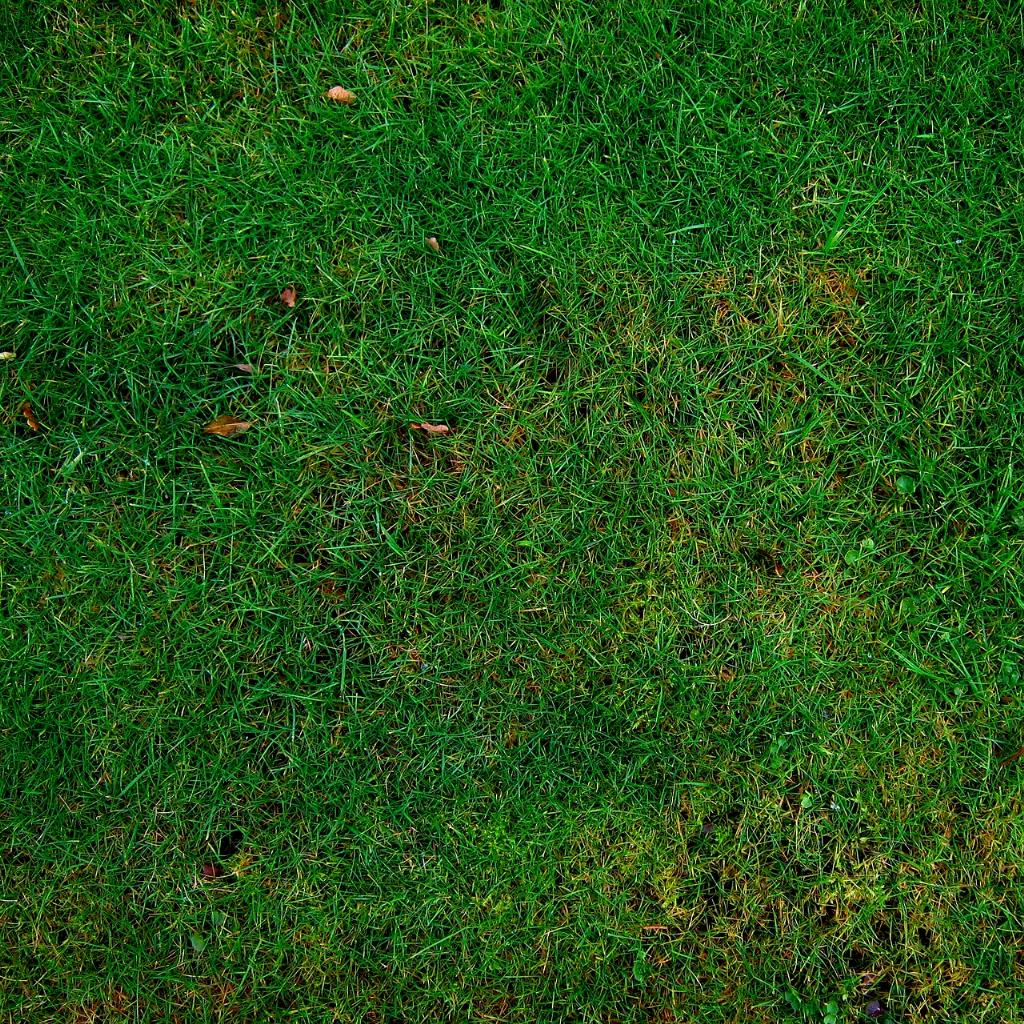Scalping your lawn in North Texas can be a crucial task for maintaining a healthy and vibrant yard. Understanding the optimal timing for scalping can help ensure the best results for your lawn care routine.
During the spring season, particularly between March 15 and April 30, is considered an ideal time to scalp your lawn in North Texas. This period aligns with the beginning of the growing season in the region, allowing your grass to recover and thrive after the scalping process.
Scalping involves cutting the grass very short to remove excess thatch and promote new growth. This process helps in eliminating built-up debris and allowing sunlight, water, and nutrients to reach the grass roots more effectively.
By scalping your lawn during the recommended timeframe, you can kickstart the growth of new shoots and encourage the grass to grow thicker and healthier. It also helps in preventing weed infestations and promotes a more uniform and attractive lawn appearance.
Before initiating the scalping process, it is essential to ensure that your lawn is in stable condition and not excessively stressed from environmental factors such as drought or extreme temperatures. Performing a soil test can also provide valuable insights into the nutrient levels and pH balance of your lawn.
When preparing to scalp your lawn, it is advisable to mow the grass at a gradually lowering height over a few mowing sessions to prevent shock and damage to the turf. Removing no more than one-third of the grass blade length in a single mowing session is a good practice to follow.
After the scalping process, it is recommended to provide adequate water and fertilizer to support the recovery and growth of the grass. Proper irrigation and nutrition can help the turf bounce back quickly and establish a strong root system for improved resilience.
Regular maintenance tasks such as overseeding, aerating, and applying weed control products can further enhance the health and appearance of your lawn following scalping. These supplementary measures can address specific issues and promote overall lawn vitality.
Observing the signs of new growth and monitoring the progress of your lawn after scalping can offer insights into the effectiveness of the process. Healthy regrowth, increased density, and vibrant green color are indications of a successful scalping endeavor.
It is important to remember that scalping is not a one-time solution but rather a part of a comprehensive lawn care regimen. Consistent maintenance practices, including proper mowing height, watering schedule, and fertilization routine, are key to sustaining a lush and resilient lawn in North Texas.
By understanding the optimal timing and process of scalping your lawn in North Texas, you can contribute to the long-term health and beauty of your outdoor space. Taking proactive steps to care for your lawn can result in a flourishing and inviting landscape for you to enjoy year-round.

